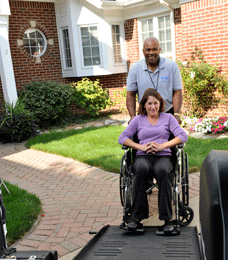The main difference between emergency and non-emergency medical transport is the difficulty of determination of which case is the most urgent and regulations vary among the states. Once medical staff is called to any situation, they absolutely must not leave it unless they either transport the individual to the appropriate medical care themselves or use a medical escort service provider such as Air Ambulance Network. Even if they get called out to a situation that is more emergent, they can’t leave the current individual or situation until one of the two conditions above has been met.
The government must determine the flexibility and cost-effectiveness of such programs. For example, in Utah, they use Medicaid’s capitated brokerage system in which gave them the advantage of using contracted providers instead of trying to match with the mainstream medical system in every case.
An emergency medical situation defines specific situations such as collapsing due to a stroke or a pregnant woman going into labor with no one able to take her to the hospital. A non-emergency situation can be anything from a person who doesn’t own their own vehicle needing to get to appointed medical services to picking up prescriptions. It is most easily available to those who are on Medicaid or if you need specialized transportation for say, to see a dentist Mesa AZ and have no one else who can take you. The latter services usually provide their transportation free of charge to you.
Sources:
https://en.wikipedia.org/wiki/Air_medical_services
https://en.wikipedia.org/wiki/Ambulance
http://www.ctaa.org/webmodules/webarticles/articlefiles/BusPassandBrokerageCaseStudyReport-APHSA.pdf
http://www.cms.gov/Medicare-Medicaid-Coordination/Fraud-Prevention/Medicaid-Integrity-Education/Downloads/nemt-factsheet.pdf

